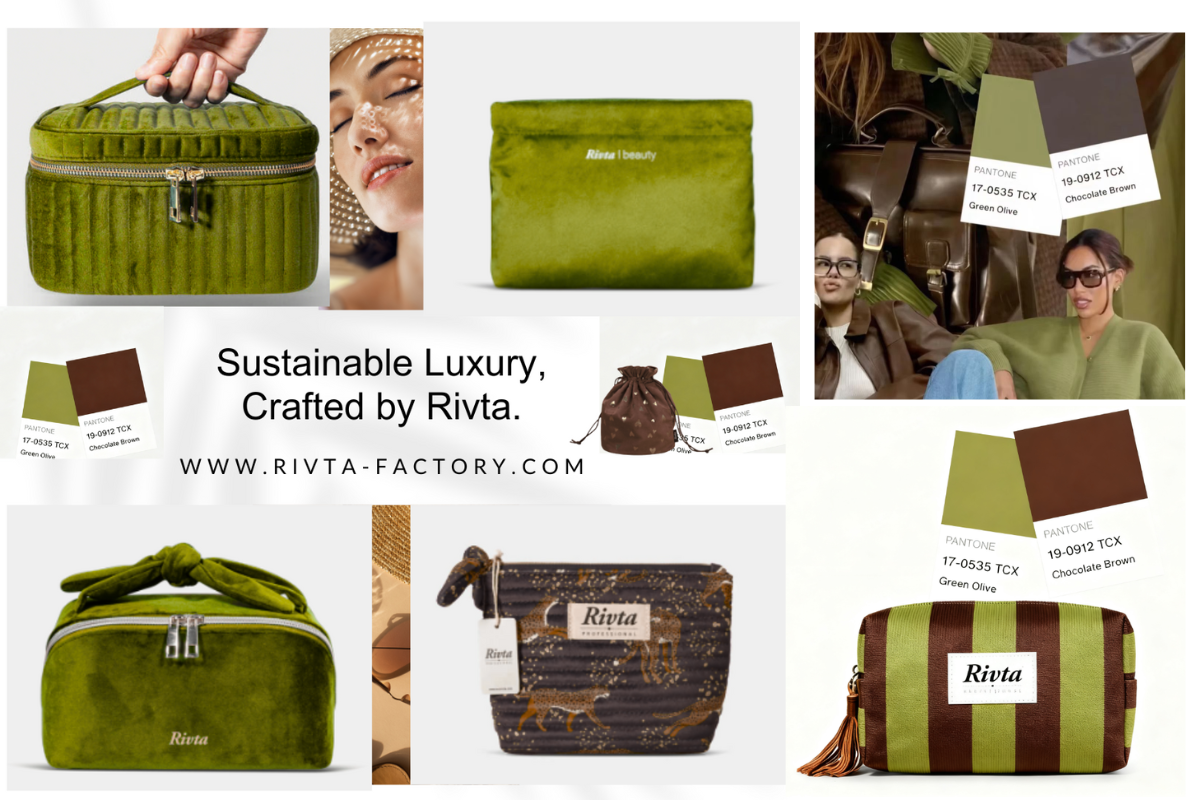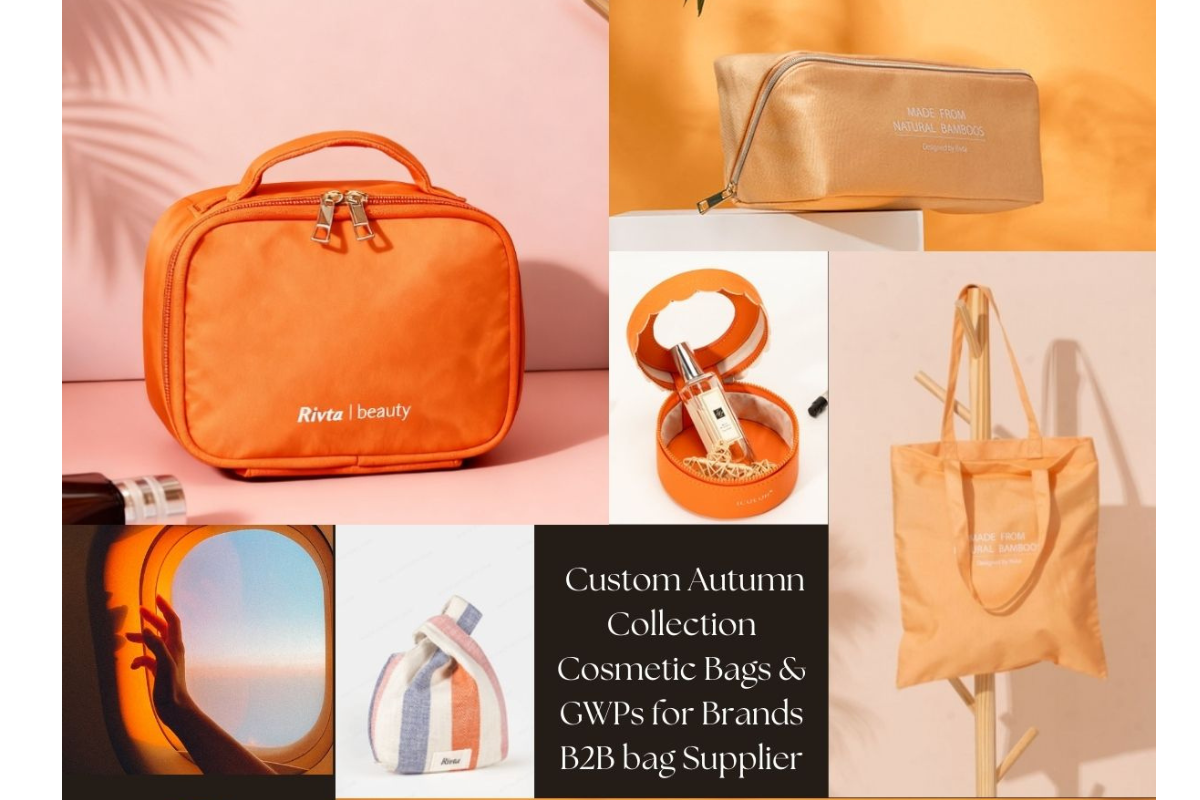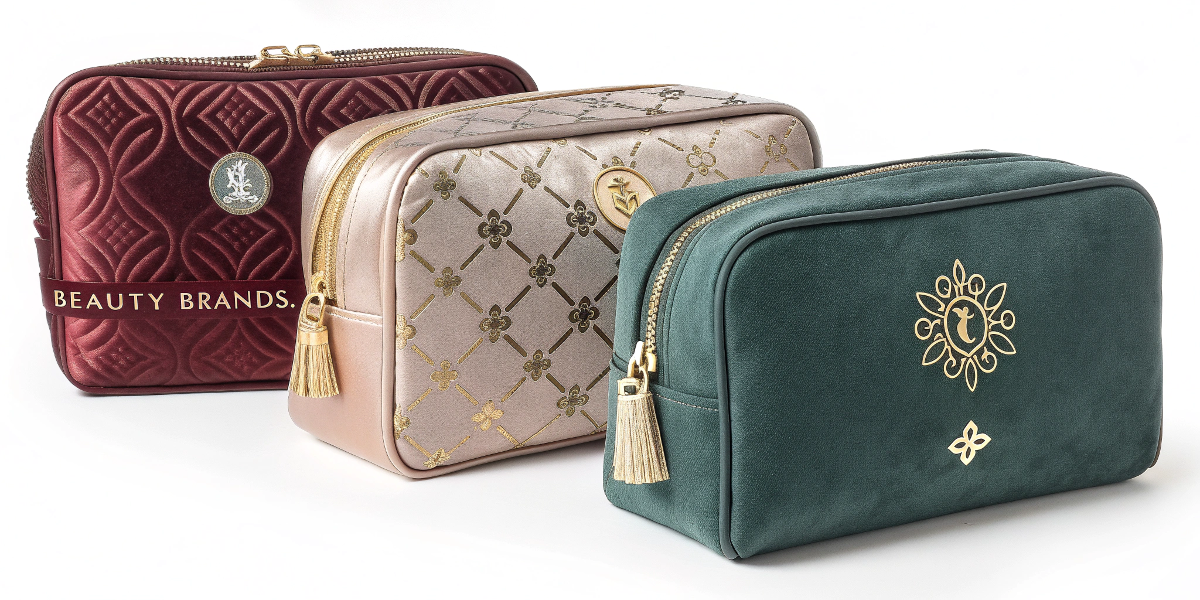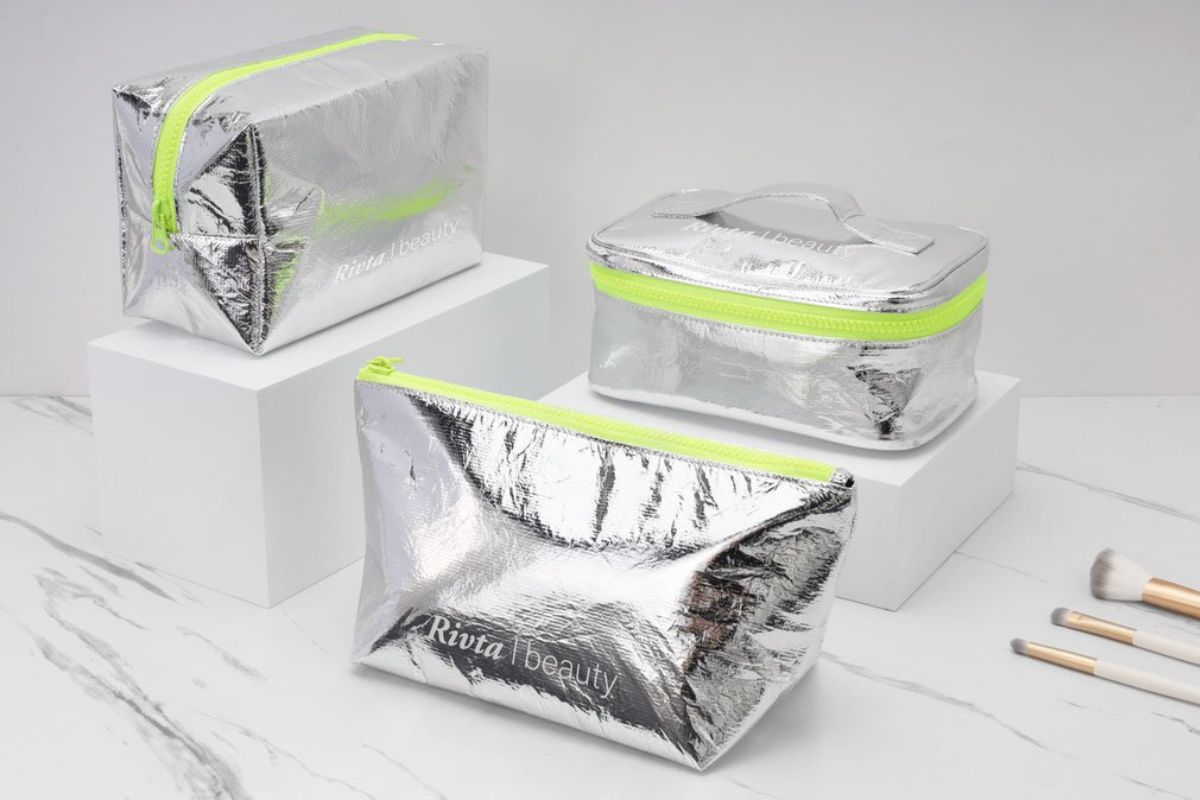USA vs. Overseas Makeup Bag Manufacturers: Which is Right for Your Business?
Choosing between a domestic and an overseas manufacturer is a huge decision. The wrong choice can lead to blown budgets, missed deadlines, or a product that does not meet your quality standards.
Overseas manufacturers offer lower costs but have longer lead times and complex logistics. USA manufacturers provide speed and simplicity but at a higher price. The right choice depends entirely on your brand's priorities: budget, timeline, and order volume.

My slogan is "Green Mission, Global Win-Win." I believe in building partnerships that create success for everyone involved, no matter where they are in the world. As a manufacturer, I see firsthand how brands weigh these important decisions. This is not just about finding a factory; it is about finding a partner who aligns with your goals. I want to help you understand the full picture, with all the pros and cons, so you can make an informed choice that truly benefits your business. Let's explore what each option means for you.
How do you analyze the core trade-offs of cost vs. speed?
You want the affordable price of global sourcing but the fast delivery of domestic production. It feels like you have to sacrifice either your budget or your launch date.
Overseas manufacturing provides a significant cost advantage on the product itself, but shipping can take 4-6 weeks. Domestic manufacturing has higher unit costs but can get products to you in a fraction of the time.

This is the classic manufacturing dilemma, and the right answer depends on your immediate needs. I once worked with a client who had a last-minute opportunity to include a gift-with-purchase (GWP) bag in a huge retail promotion. The deadline was in five weeks. While our per-unit cost was much lower, the 30-day sea shipping time made it impossible. They had to choose a US manufacturer and pay a much higher price per bag to meet the deadline. A few months later, for their planned product line, they came back to us. For that project, they had the time to take advantage of the cost savings. It is a strategic choice every brand has to make.
The Overseas Cost Advantage
The primary reason brands look overseas is to lower their manufacturing costs.
- Labor Costs: Labor is a significant component of a sewn product's cost. Wages are generally lower in major manufacturing countries in Asia, which translates to a lower final price per unit.
- Material Sourcing: These regions are hubs for material production, giving us direct access to a vast and competitive supply chain for fabrics, zippers, and hardware.
- Economies of Scale: Overseas factories are often set up for high-volume production, making them incredibly efficient for larger orders.
The USA Speed Advantage
When time is your most valuable asset, domestic manufacturing is the clear winner.
- No Ocean Transit: The biggest time saver is eliminating the 4-6 week journey across the ocean.
- Faster Prototyping: Sending samples back and forth takes days, not weeks.
- Quicker Turnaround: Production lead times can be shorter, and ground shipping is fast and simple.
| Factor | USA Manufacturing | Overseas Manufacturing |
|---|---|---|
| Unit Cost | Higher | Lower |
| Production Time | Faster (e.g., 2-4 wks) | Slower (e.g., 4-8 wks) |
| Shipping Time | 1-7 days | 30-40 days (by sea) |
| Total Lead Time | ~3-6 weeks | ~8-14 weeks |
How do MOQs, quality control, and communication compare?
The price per bag is just one piece of the puzzle. You are worried that a low price might hide other issues, like high minimums, communication barriers, or quality problems.
USA factories often have lower MOQs and easier communication. Overseas partners offer a wider range of capabilities but may have higher MOQs, and quality control requires a more structured approach due to the distance.

I believe communication is the foundation of a great partnership. As an overseas manufacturer, we have invested heavily in this. I work with designers like Jennie, who values the nuances of luxury design and sustainability. She needs a partner who gets it right the first time. Our dedicated project management team acts as her direct line, ensuring her vision is perfectly executed. We use detailed tech packs, photos, and video calls to make her feel as if she is right here on the factory floor. The goal is to make the distance disappear. A good partner, whether domestic or global, will prioritize clear and transparent communication above all else.
MOQs (Minimum Order Quantities)
This is the smallest order a factory will accept.
- USA: Factories are often more flexible and willing to accept smaller orders (e.g., 500-1,000 units). This is ideal for startups or for testing a new product.
- Overseas: Factories are built for scale, so MOQs are typically higher (e.g., 1,000-3,000+ units) to make the production run efficient.
Quality Control (QC)
Ensuring your product is made to your standards is critical.
- USA: It is much easier and cheaper to visit the factory in person to check on the progress and inspect the final goods.
- Overseas: You rely heavily on the pre-production sample being perfect. For large orders, many brands hire a third-party inspection service to check the goods before they are shipped. This is an added cost but provides peace of mind.
Communication
Clear and easy communication prevents costly mistakes.
- USA: Working in the same time zone and language is a significant advantage. Phone calls are easy, and the business culture is familiar.
- Overseas: This requires more planning. You will be communicating primarily by email across different time zones. It is essential to choose a partner with an excellent, responsive English-speaking team.
How do tariffs, shipping, and time zones impact your bottom line?
You have a great per-unit price from an overseas factory. But you know there are other costs involved in getting the product to your warehouse, and you are not sure how big they are.
Sourcing overseas adds significant costs not included in the unit price, such as ocean freight, import duties (tariffs), and customs fees. These logistics are simple and inexpensive with domestic sourcing. Managing time zones is also a key consideration.

Calculating the total "landed cost" is one of the most important steps. A low factory price can be misleading if you do not account for logistics. Part of our "win-win" philosophy is to be transparent about these costs. We do not just give a factory price; we help our clients get clear shipping quotes and provide all the necessary documentation to make the customs process as smooth as possible. We see it as our job to help you navigate these complexities, so you have a complete and accurate picture of your total investment from the very beginning.
Understanding Your "Landed Cost"
This is the true cost of your product once it arrives at your warehouse.
Landed Cost = Product Cost + Shipping + Tariffs + Customs Fees
Shipping: The Big Variable
- Sea Freight: This is the standard for bulk goods. It is cost-effective but slow, taking about 30-40 days from Asia to the US.
- Air Freight: This is very fast (about 5-10 days) but extremely expensive. It is typically only used for urgent orders or small shipments of high-value samples.
- Domestic Shipping: Simple, fast, and cheap ground transport (e.g., truck or rail).
Tariffs and Customs
These are taxes and fees you must pay to bring goods into the country.
- Tariffs/Duties: These are taxes set by the US government on imported goods. The percentage varies based on the product type and the country of origin. This cost does not exist for domestic production.
- Customs Broker: You will likely need to hire a customs broker to handle the paperwork and ensure your shipment clears customs smoothly.
| Logistic Factor | USA Sourcing | Overseas Sourcing |
|---|---|---|
| Shipping Cost | Low | High (Significant) |
| Tariffs | None | Yes (Variable %) |
| Customs Fees | None | Yes |
| Time Zone | Same | Different (Requires management) |
How can startups vs. established brands make the right choice?
You are not sure which path makes the most sense for your business right now. A choice that is right for a big brand might not be right for a startup.
Startups often choose domestic sourcing for its low MOQs and simplicity, which minimizes risk. Established brands with high volumes typically use overseas sourcing to maximize their profit margins through significant cost savings.

I work with brands at every stage of their journey. I understand that the needs of a new brand testing the market are very different from a global brand managing a complex supply chain. For a new venture, minimizing upfront investment and risk is key. For an established brand, optimizing profit margin is a top priority. My goal as a partner is to find the "win-win" for where you are today. Sometimes, we even help brands with a hybrid approach—they prove their concept with a small domestic run, and once they are ready to scale, they partner with us to achieve the volume and cost-efficiency they need for global growth.
The Case for USA for Startups and New Brands
- Lower Risk: Lower MOQs mean less upfront cash investment. You can test your idea without having to buy thousands of units.
- Simplicity: The entire process is simpler and easier to manage, which is great when you are just starting out.
- Speed to Market: You can get your product to market faster to start generating sales and getting customer feedback.
- "Made in USA" Appeal: This can be a strong marketing story for some consumer segments.
The Case for Overseas for Established Brands
- Margin Maximization: The cost savings on large orders (5,000+ units) directly increase your profit margin on every bag sold.
- Scale and Capacity: Overseas factories are built to handle massive production volumes.
- Advanced Capabilities: The vast manufacturing ecosystem often provides access to a wider range of materials, techniques, and innovations.
- Existing Infrastructure: Established brands typically have logistics teams and experience in managing a global supply chain.
Conclusion
The right choice depends on your brand's unique needs. Balance your priorities of cost, speed, volume, and complexity. A careful analysis will lead you to the perfect manufacturing partner for your business.





















